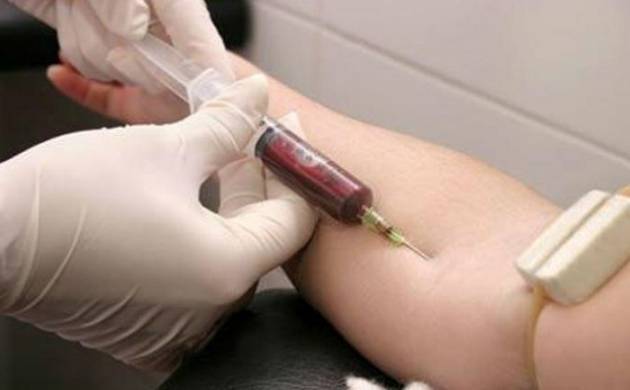New York (Web Desk): Recently researchers have found that two new gene-based blood tests can reliably detect previously unidentifiable forms of one of the most aggressive forms of skin cancer.
Having quick and accurate monitoring tools for all types of metastatic melanoma, the medical term for the disease, may make it easier for physicians to detect early signs of cancer recurrence, the researchers said.
The new blood tests, which take only 48 hours, are currently only available for research purposes.
"Our goal is to use these tests to make more informed treatment decisions and, specifically, to identify as early as possible when a treatment has stopped working, cancer growth has resumed, and the patient needs to switch therapy," said senior study investigator and dermatologist David Polsky, Professor at NYU Langone Medical Center in New York.
The new tools are the first to identify melanoma DNA in the blood of patients whose cancer is spreading and who lack defects in either the BRAF or NRAS genes, already known to drive cancer growth, the study authors said.
The new tests monitor blood levels of DNA fragments, known as circulating tumour DNA (ctDNA), that are released into the blood when tumour cells die and break apart, said Polsky who presented his team's latest findings at the annual meeting of the American Association for Cancer Research in Washington, DC.
Specifically, the tests detect evidence of changes in the chemical building blocks (or mutations) of a gene that controls telomerase reverse transcriptase (TERT), a protein that helps cancer cells maintain the physical structure of their chromosomes.
The blood tests, developed in conjunction with Bio-Rad Laboratories in Hercules, California, may have advantages over current methods for monitoring the disease because the tests avoid the radiation exposure that comes with CT scans, and the tests can be performed more easily and more often, Polsky said.
The article is originally published by ‘Technology Networks.’


